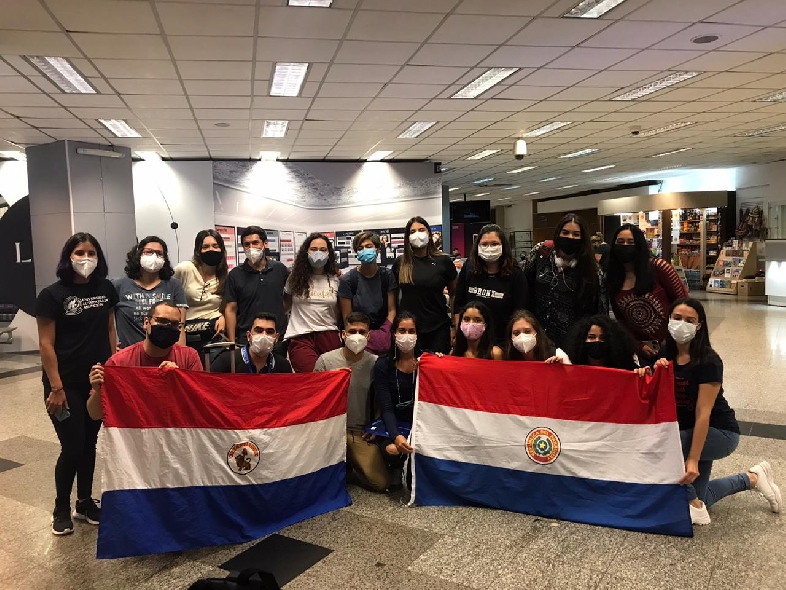The Ministry of Health reported that, in this period, severity of the disease, atypical manifestations and vertical transmission are observed.
It is seen that, during pregnancy, the Chikungunya virus (CHIKV) is not transmitted to the baby. However, they have been reported miscarriages in mothers with the infection.
He higher risk of transmission It occurs when the woman is infected in the interpartum period, whose vertical transmission rate can reach 49%.
Read More: They warn of kidney failure in the most serious cases of chikungunya
The transmission of the virus can occur atypically from mother to newborn when the latter presents a fever just at the time of delivery or days before. Cesarean section does not reduce the incidence of the disease.
No there is evidence that the virus is transmitted through breast milk.
The most frequent symptoms in pregnant women with CHIKV are: fever, arthralgia and headache.
What happens to babies born to infected mothers
Babies of mothers with chikungunya usually They are born asymptomatic and later develop fever, pain, rash, and peripheral edema.
Those who become infected in the intrapartum period may also develop neurological disease (eg meningoencephalitis, white matter lesions, cerebral edema and intracranial haemorrhage), haemorrhagic symptoms and myocardial disease.
Read More: Bleeding, vomiting and mental derangement, alarms for a serious case of chikungunya
Attention
When a child is born to a symptomatic mother by VCHIK in the peri-delivery, must be hospitalized and observed for a minimum of 7 days.
The laboratory findings abnormalities include elevated liver function tests, low platelet and lymphocyte counts, and decreased prothrombin levels.
The neonates suffering from neurological disease they usually develop long-term disabilities.
The Newborns born to mothers who have undergone labor with a suspicious picture of Chikungunya feverthey must remain in the hospital for observation for at least 7 days, in case alarm signs and symptoms appear they must be admitted to an intensive care unit.
For those cases of asymptomatic newborns, after 7 days of being kept under observation in the hospital, Personalized follow-up at home must be ensured and, in the event that signs or symptoms appear, hospitalization must be managed.
Breastfeeding is not contraindicated in newborns.
Symptoms in newborns
The disease symptoms become clinically apparent from the third day of lifeup to the seventh day, the clinical manifestations may be non-specific (fever, difficulty feeding and irritability).
In a 50% of those affected, manifestations can be severe and specifics: skin (epidermolysis bullosa), myocarditis, encephalopathy/encephalitis and hemorrhagic fever.
He prognosis in these cases is poor in the long term and permanent neurological sequelae may persist.

















